The Paris Commune wrested control from the French government, establishing an independent state within the city’s confines. While it ultimately culminated in a bloody conclusion, did you realize that it’s also responsible for securing some of the privileges we take for granted today?
After athletes were kidnapped from the Olympic Village at the 1972 Munich Olympic Games, the attackers made a daring escape by helicopter to the airport. In the end, it blew up in their faces and was a dark day in Olympic history.
Every now and then, an event happens that unites the world. From a space shuttle launch catastrophe to a group of boys stuck in a dangerous cave, we’ve combed through the archives and compiled some of the most jaw-dropping moments in history.
Stay tuned as we dive into 25 world events that left us speechless!

The Irish potato famine

Few periods are darker in Irish history than the Great Hunger, also known as the Potato Famine. Ireland was at the time a colony of Great Britain and the entire country used Ireland as a producer of potatoes. But in 1845, tragedy struck when a disease ripped through 75% of the crop and lasted more than half a decade. The worst affected were the locals.
It’s been estimated that around one million Irish people starved and another million fled overseas. When the potato famine ended in 1852, the population had declined by a quarter. The British were criticized for not helping enough and the tragedy helped build momentum for Irish independence.
Invention of the computer
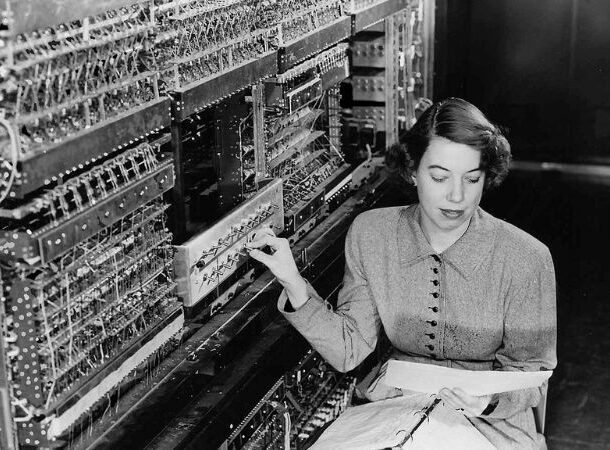
The story of the first computer began at least two centuries ago when Charles Babbage began developing a “difference engine.” This later formed the idea of an “analytical engine”, the concepts of what we now call a central processing unit and computer memory. When others integrated electricity, the concept of a computer slowly turned into a reality.
Early versions were used by the United States during World War 2. But it wasn’t until 1968 that Bill Hewlett and Dave Packard released the HP 9100A, described as a “personal computer.” The two had built it from their garage in California, beginning an era that would create tech giants Apple and Microsoft, two companies that control about 90% of the personal computer market.
Operation Desert Storm

In 1990, the United States was taking its place as the global leader while the Soviet Union was crumbling. After Iraqi President Saddam Hussein invaded Kuwait, the United States stepped up with 40 of its allies and retaliated.
First, with Operation Desert Shield, building up the military for six months of preparation before Operation Desert Storm prepared the land through an air operation, and then, Operation Desert Sabre was launched, an air and ground invasion that took control of Kuwait in just 100 hours.
With the rise of television media, the world was for the first time granted an inside look into a war zone, almost in real-time. Thousands of tanks and armored vehicles fired off against one another, showing everyone watching from home just how powerful the United States was.
Invention of the X-Ray
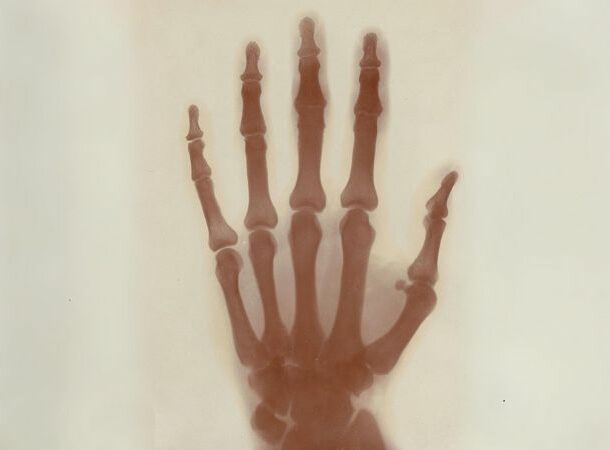
How do you discover particles invisible to the eye? The electromagnetic spectrum extends far beyond the light that we can see. In 1895, a German physicist by the name of Wilhelm Conrad Röntgen discovered a range on this spectrum that is still influencing medical research today.
During radiation experimentation in his lab one day a glowing screen caught his eye. After investigating this light’s effects, he realized that these light waves were strong enough to move through flesh but not quite enough to make it past bone.
He called this light “x-rays” because he wasn’t sure of their origins. But Röntgen immediately knew the significance of the discovery and within years, they were being used to photograph injuries in medicine. Today, X-ray is a standard technology in any medical facility, used for cancer screenings, heart problems, and plenty of other reasons.
Paris commune

The French have a reputation for rising up and fighting for their rights. No moment in history better captures that spirit than the Paris commune. In the wake of a military defeat to Germany, the Second French Empire collapsed in 1871. It was replaced by the Third Republic, which immediately moved the government to Versailles, outside of Paris, and failed to meet the needs of a Parisian population still recovering from war.
The breaking point was when the National Guard were dismissed from their posts. They responded by setting up a makeshift army to defend the city from soldiers coming from Versailles. They called this the Paris Commune and it was able to guarantee monumental changes in public policy that lasted long after the commune — from abolishing child labor to separating the state from the church.
This period was also characterized by chaotic violence and widespread destruction of the city, coming to an end in a battle at the Pere Lachaise Cemetery, where revolutionary forces were finally defeated by the French Army.
Pulse Nightclub shooting

In 2016, partygoers at a popular Orlando nightclub called Pulse were left defenseless to a maniac on a rampage. The attack began on June 12, when a man named Omar Mateen, who had previously been identified as an extremist, traveled to the nightclub in the early hours of the morning.
After making his way inside, he opened fire, taking out dozens of innocent people before setting up a hostage standoff with police that didn’t end until 5 AM when the man was taken down by police. If you thought the Pulse Nightclub incident was senseless, wait until we talk about the two brothers behind the Boston bombing at number 15.
Invention of the telegraph

How on Earth did people survive before instant messaging? Way before the internet, there was the telegraph, first created in 1774. But for the time, it was extremely limited. Every single letter needed a corresponding wire. That all changed in the 1830s when a man named Samuel Morse took a sudden interest in creating the first electric telegraph.
After more than half a decade of work, he led a group of physicists to the world’s first one-wire telegraph. It worked by commanding movements of a small mechanical arm onto paper that could then be deciphered into words. And you guessed — this is exactly where “Morse code” comes from. Over the next few decades, Morse’s telegraph exploded in popularity throughout the country and over the world. It made long-distance communication possible, improving political relations, the economy, and all kinds of media.
Suez crisis
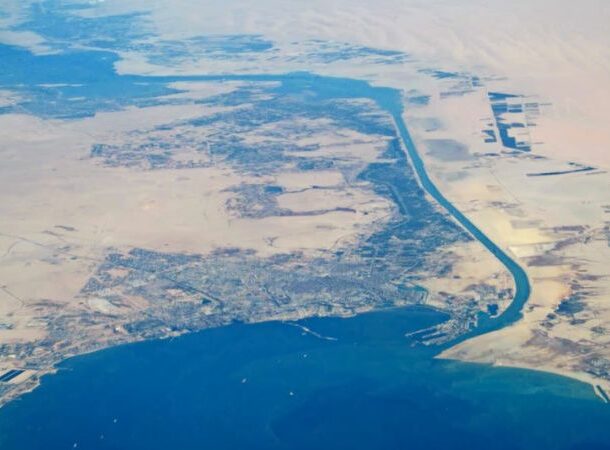
You might remember in 2021 when a huge ship got stuck in the Suez Canal for 6 days. That alone caused almost $10 billion of lost trade. Well, in 1956, there was an even bigger, more deadly crisis. When Gamal Abdel Nasser became the president of Egypt in 1956, he shocked the world by nationalizing the Suez Canal Company.
The Suez Canal is a man-made route through Egypt connecting the Red Sea to the Mediterranean Sea built in the 19th century by the Suez Canal Company, a French and then jointly British company. The waterway was finished in 1869 but by the 1950s, politics had changed things dramatically. When President Nasser announced that he would be putting the company into the Egyptian state’s control, Israel, followed by Britain and France, invaded the area to try and reclaim it.
Nasser responded by blocking all trade and the Suez crisis intensified for 9 days. The United States was quick to pressure Britain and France to withdraw. When they both agreed, it became clear which country was the leader of the post-war world.
Chibok kidnappings

Any parent’s worst nightmare is losing track of their child. But could you imagine an entire school going missing? That’s what happened in 2014 in Nigeria, orchestrated by an Islamic extremist group created in the early 2000s that is now one of the most dangerous in the world.
A key part of their strategy is targeting children but in 2014 this reached a new scale when 276 schoolgirls were kidnapped from the town of Chibok and held captive indefinitely. Some of the girls have since escaped, others were used to trade for prisoners, but for almost 100 of them, their whereabouts are unknown.
SARS-CoV-2 Pandemic

I don’t have to tell you about how catastrophic the COVID-19 pandemic has been. In December 2019, a virus began spreading out of Wuhan in China. The disease is a highly contagious respiratory illness, leading to symptoms ranging from harmless to life-threatening. Europe, North America, and other countries tried to stop the flow of the virus but by the end of January 2020, it had officially been declared a “public health emergency.” The world came to a standstill as cities were locked down to prevent infections from rising.
In April of 2020, almost 4 billion people — almost half the world’s population — were under some kind of restrictions. As businesses, schools, and borders reopened, the world had to learn to live with the virus. The emergency was declared over in May of this year, but not before it had claimed almost 7 million lives
Boston Marathon bombing
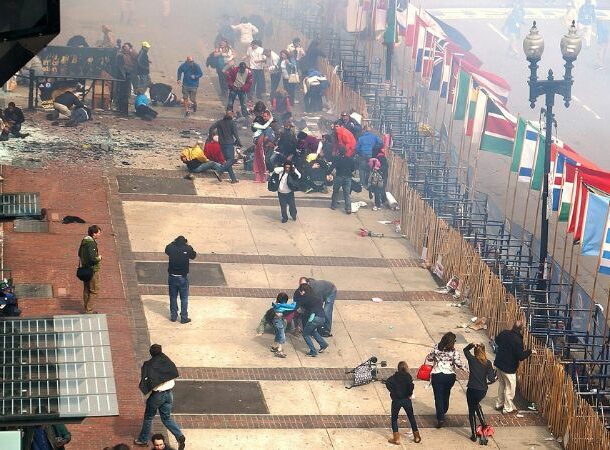
Tens of thousands sign up each year to run the 26 miles, starting near Hopkinton State Park and finishing at the Boston Public Library. The race has run continuously since 1897, making it the oldest and most iconic in the world.
In 2013, two brothers plotted to use this international fame for a heinous act. Dzhokhar and Tamerlan Tsarnaev installed two pressure-cooker bombs near the finish line. At 2:49 PM, they both exploded, sending shrapnel in all directions, smashing windows, and tragically killing three people. The city was stunned and erupted into a state of panic. But it took less than two days for the police to identify the perpetrators: Dzhokhar and Tamerlan Tsarnaev.
Tamerlan died during a shootout with police and efforts slowly zeroed in on Dzhokhar, who had managed to escape. Eventually, he was found hiding inside a stranger’s empty boat in a backyard, arrested, and is currently still in maximum security prison. But that’s nothing compared to what the people convicted at the Nuremberg trials were sentenced to. That’s coming up at number 10.
The Great Firewall of China
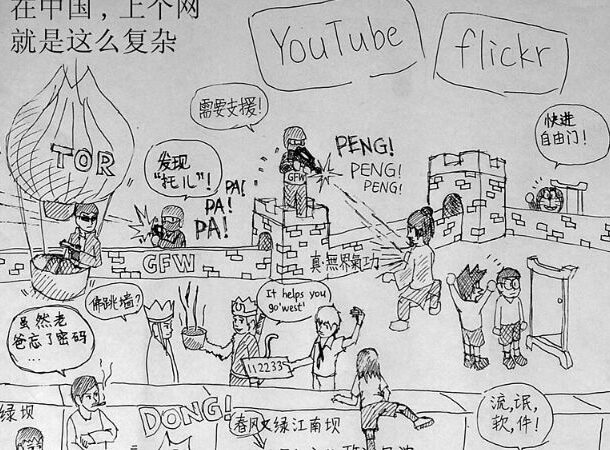
What’s your favorite website for news or entertainment? Chances are, it’s banned in China. To keep control of its population, China launched a massive project in the early 2000s to control the Internet.
Nicknamed the “Great Firewall”, the project has been built on the technology of mass surveillance. Internet traffic is monitored, its contents checked, and any website or IP address that it considers harmful to the country is blocked. Google once created a “censored version” to operate in the country before pulling out in response to a Chinese-backed hack that targeted Google. Other sites banned include YouTube, Instagram, and Spotify, meaning that access to information from outside China is extremely limited.
Sputnik 1 launch

America may have been the first country to land on the moon, but the Russians won the race to space. More than a decade before Neil Armstrong and Buzz Aldrin stepped foot on the moon, Russia launched Sputnik, the first-ever artificial satellite. It weighed 186 pounds and orbited the planet for three months before falling back to Earth and burning up in the planet’s atmosphere.
It was a historic moment in the advancement of aerospace technology. American leaders were taken by surprise and thought it reflected badly on the United States. The very next year, NASA was created, using huge government investment to take humans to the moon in 1969 and continue on to explore space even further.
Iran hostage crisis
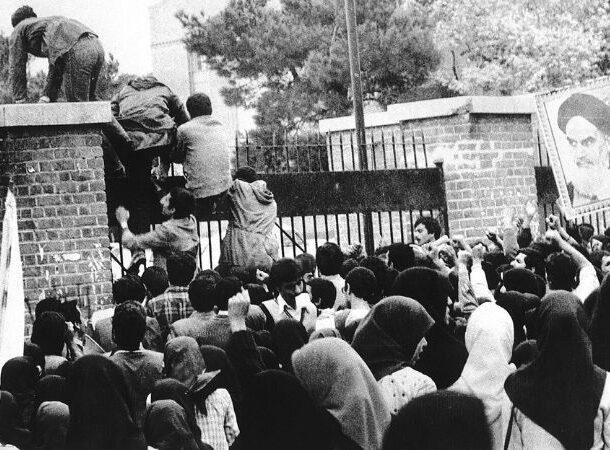
You might be surprised to learn that the United States had a pretty straightforward relationship with Iran up until the 1970s. America supported the Shah Mohammad Reza Pahlavi and the country was a key political ally in the region. US and British secret services even helped to train Iran’s “secret police” that was used to target opponents of the regime.
Eventually, though, social tensions came to a boiling point and a revolution overthrew the government in 1979. And it wasn’t only leaders who were caught up in the conflict. 52 Americans were taken hostage in a US embassy and later spread around the city of Tehran. After several failed attempts to rescue them, they were released after the conclusion of the Algiers Accords. By this time, they had spent 444 days captive and described their time as brutal, and tortuous.
Statue of Liberty inauguration
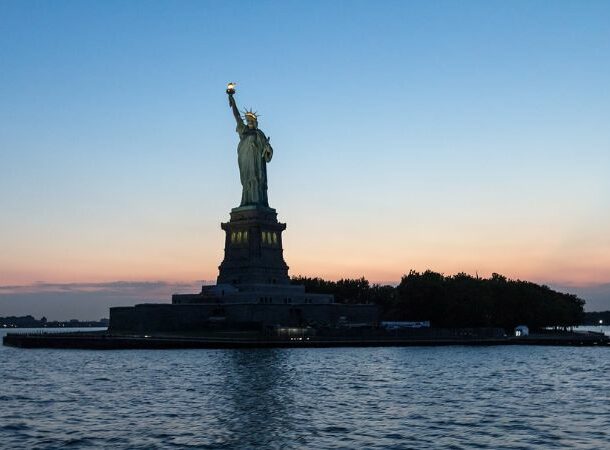
What’s the most iconic American monument? Standing at 151-foot, the Statue of Liberty once greeted immigrants arriving in New York. It’s hard not to be impressed. And 4 million tourists each year agree. The statue was sent from France a year earlier as a symbol of the freedom and justice that America had achieved. It was sculpted by Frederic Auguste Bartholdi, who took 9 years to construct, using iron and copper.
Originally the surface was a brown color but over time copper has oxidized and has turned green. At the grand opening, in 1886, the statue was covered by a giant French flag before it was unveiled in front of the firing of canons.
Nuremberg trials
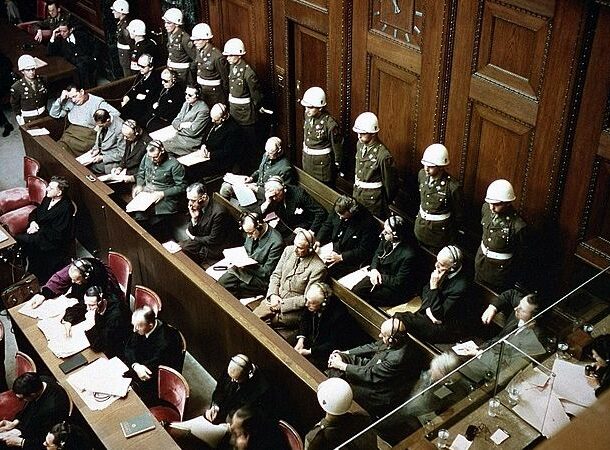
We like to believe that “every dog will have his day.” In 1945, after World War 2 had brought an end to the atrocities committed by Nazi Germany, 21 leaders were taken to trial by an international military tribunal. Among their charges were crimes against humanity for their roles in the Holocaust.
Over the next four years, evidence was gathered, and presented, and defendants were questioned. 18 out of 21 men were found guilty, many of them senior-ranking military officers and received sentences varying from 10 years in prison to execution. The trials helped to meticulously document the war crimes of Nazi Germany and served as a landmark public display against war crimes.
Roe v. Wade
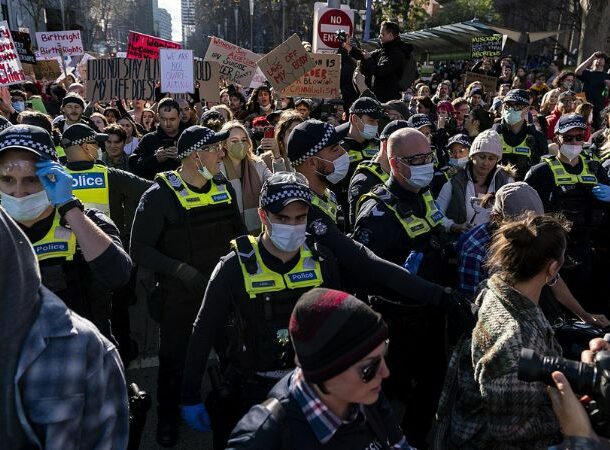
Despite recently being overturned in 2022, the Roe v Wade decision in 1973 was a historic moment for women’s rights in the United States. The case was brought to a judge by a Texas woman who sued the state district attorney for her right to receive an abortion.
When it made its way to the Supreme Court, 7 out of 9 justices agreed that the “right to privacy” covered any woman’s legal right to seek out an abortion, but no later than the first trimester. This went against more than a century of anti-abortion legislation.
Coming up in the top five: another historic piece of legislation for civil rights, how the 1972 Olympics turned into a dangerous disaster, and what led to South Africa’s apartheid system finally breaking up.
Space shuttle challenger disaster
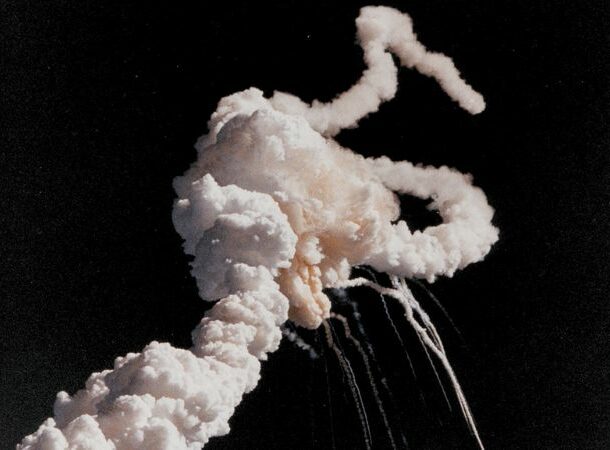
There’s nothing more satisfying than a clean rocket take-off. Unfortunately, not all of America’s space missions go smoothly.
In 1986, the Space Shuttle Challenger had a catastrophic accident. In the years leading up to it, Challenger had already been used many times. It had allowed for the very first “spacewalk” three years earlier and in total had been out of Earth’s atmosphere 9 times. By 1986, it was embarking on its tenth launch.
The first warning was the extreme temperatures in the atmosphere the morning of the launch. Some engineers flagged possible technical faults because of the unexpectedly cold air but these concerns were not listened to. At 11:38 AM, with the nation’s media watching on, Challenger rocketed into the sky but encountered difficulties immediately. Pressurized gas leaked through improperly sealed joints and into a propellant tank, causing a fireball that looked like an explosion.
All 7 crew were killed, likely from oxygen deprivation, before the shuttle collided with the Atlantic Ocean. It brought worldwide media attention and caused NASA to make significant safety changes.
Rise of the internet

The internet has been one of the biggest changes to ever affect human society. It has transformed every aspect of our lives. You are using it right now to watch this! But when was it really formed?
It began back in the 1960s as a government program to create a network with no completely centralized system. At the time, the machines needed to use it were huge and relative to today, very weak. The United States were motivated to develop the technology in their rivalry with the Soviet Union.
The internet as we know it today can be traced back to 1983 when these early networks were expanded and standardized the way data was transmitted. This led to the World Wide Web six years later, opening up the potential for electronic mail, blogs, online shopping, and everything else we see on the Internet today.
Pol Pot
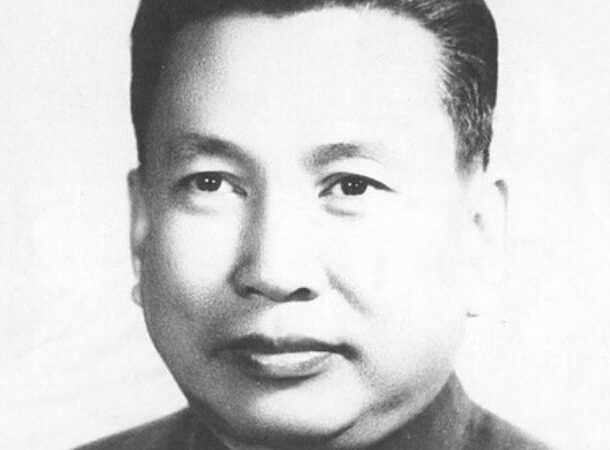
During the 1970s, few names evoked more fear than Pol Pot. He was the leader of the Khmer Rouge in Cambodia, a brutal regime responsible for the death of millions.
Minorities, political opponents, and anyone who didn’t align with the extremist views of the government were either sentenced to death or to work in labor camps. The regime was supported by Mao Zedong’s Chinese Communist Party and only came to an end when Vietnam intervened in the country in 1978 and overthrew Pol Pot.
Miracle on ice

Watching your national sports team win is always a special occasion. But for the United States hockey team at the 1980 Winter Olympics, it was something much more than that. First of all, they were up against the Soviet Union, who were by far the strongest team in the world. This was the most dominant team of all-stars that had ever been put together, including several future Hall of Fame players.
The Soviets were confident they would be able to defeat a young American team even if it was in their own backyard. With an added backdrop of the ongoing Cold War, tensions between the two nations were extremely high. 8500 people crammed into the Olympic Center in New York to watch the match and they were not disappointed.
The game was incredibly close. Going into the final period, teams were tied 3-3 before the US took the lead by a single point and held on to it to achieve the “miracle on ice” and upset the Soviets.
The 1972 Munich Olympics hostage crisis

While the 1980 Winter Olympics were a high point in the Games history, the 1972 Munich Olympics was one of the lowest points. It began on September 5th, 10 days into the games, when athletes from all around the world had gathered to stay in the Olympic Village. However, 8 members of the Palestinian “Black September Organization”, who snuck in early one morning, were only interested in one country. They took Israeli athletes hostage, a daring move to try and secure the exchange of over 200 Palestinian prisoners.
In the process, they killed two people — an Israeli weightlifter and a wrestling coach. Soon, the crisis took center stage, totally eclipsing what was meant to be Germany’s return to the international stage after World War 2.
The hostage-takers were successful in demanding a helicopter to be taken to a chartered airplane, but once on the tarmac, policemen opened gunfire. The result was a complete failure, with all hostages being killed, 5 of the hostage takers taken out, and the three others detained.
The Voting Rights Act
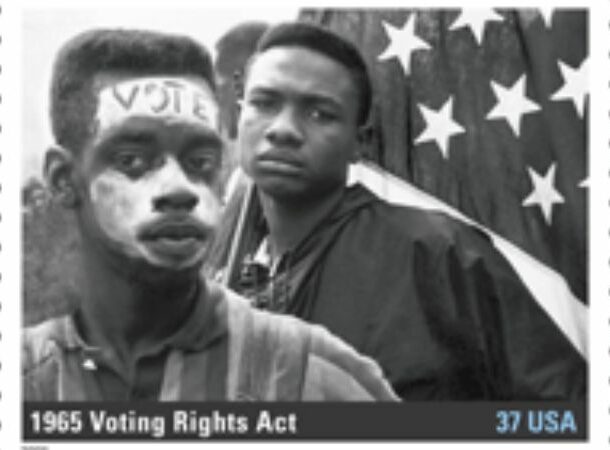
Since the United States won freedom in the 18th century, race relations have always been a point of tension. With a history of slavery and injustice, any move toward equality has been made incrementally. In 1965 though, one piece of legislation was by any measure a major step.
The Voting Rights Act guaranteed for the first time African Americans the right to vote. Although the 15th Amendment of the Constitution already technically allowed this right, state and local level policies had systematically denied black people this power. Often complicated tests or limitations would be enforced that were not for white citizens.
When President Lyndon B. Johnson signed the Voting Rights Act, a number of civil rights leaders were there to witness, including Martin Luther King Junior.
Thai cave rescue
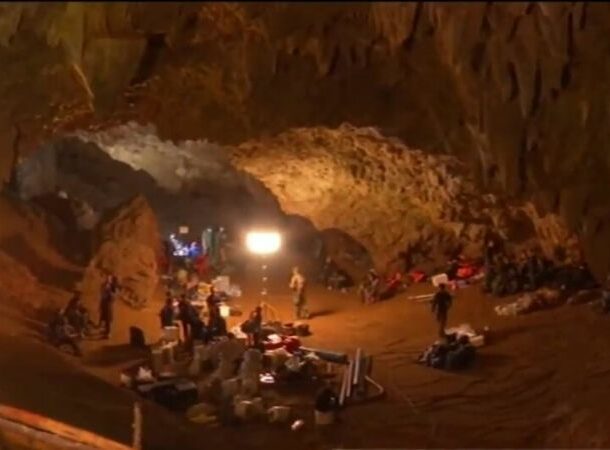
In a story that captivated the world’s attention like no other, a group of young boys found themselves trapped deep inside a cave in Chiang Rai, Thailand. The 12 boys belonged to a local football team and were accompanied by their assistant coach. It was meant to be a day of adventure and exploration, but it quickly turned into a nightmare.
By that evening, parents were frantically calling each other to see if anyone had heard about where their children were. When it was discovered that they hadn’t returned from the caves, police descended on the location and quickly realized they needed expert help. The caves had been blocked by a substantial amount of water when rain began right after the group entered. Inside, the water level was rising, meaning that it was a race against time to save them. Soon a team of experts, the Thai Navy SEALS, and the Australian Federal Police joined the effort, but the discolored water made visibility extremely low and work slow. They instead looked for a different way inside the cave system.
After 17 grueling days, the group was eventually found by two expert divers, who had painstakingly made it through the cave system to find that miraculously, the entire group was still alive.
Apartheid Era in South Africa
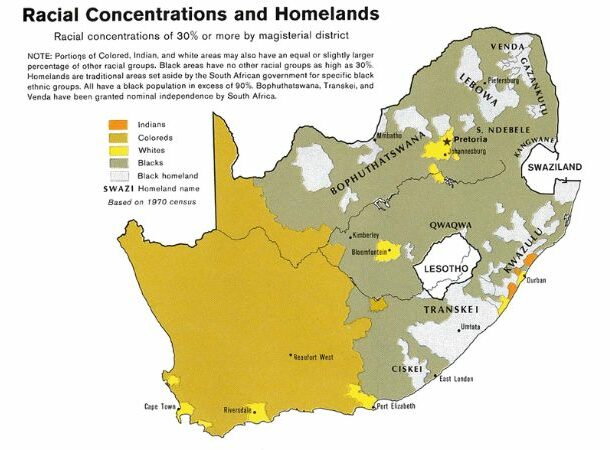
The separation of black and white people in South Africa has a long history, but what we call “apartheid” today started with a string of policies in the 1950s and 1960s. The government referred to it as “separate development”, passing laws like the Population Registration Act, which meant that all people living in South Africa were identified as either white, mixed race, Asian, or black.
There were different systems for education, business, and housing. Political opposition sprang up almost immediately but was largely suppressed until international pressure forced the South African government to change some of the policies in the 1980s.
It wasn’t until the early 1990s that apartheid legislation was truly dismantled, and in the 1994 election, Nelson Mandela was elected as president, a landmark moment in changing representation in the country.



























